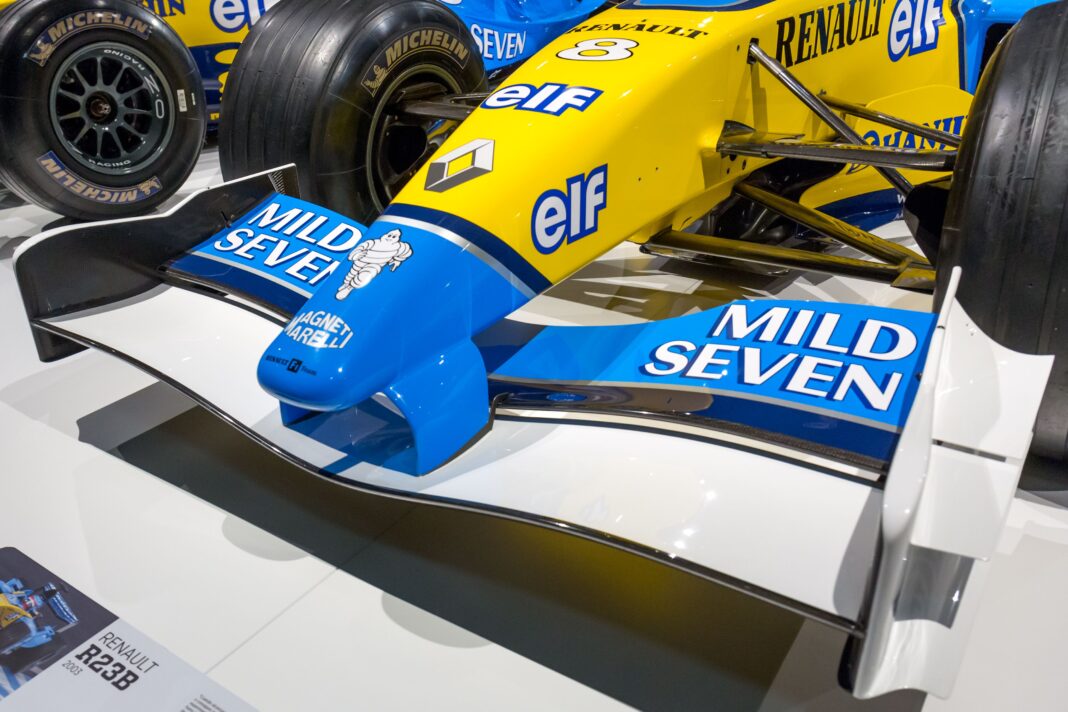An aircraft wing generates lift by achieving . The top surface is typically rounded, and the bottom is flat. As the high-speed air passes through the wing, higher pressure is built underneath the wing, and lower pressure over the wing, resulting in positive lift.
, and the wings would naturally generate downward force instead of lift. In 1976, Colin Chapman and his team set out to design and build what was to become a revolutionary new car, the Lotus 78. After several iterations of the initial design, the team performed wind tunnel tests to understand the vehicle’s maneuverability at operating speeds.
The team discovered that the ground effects are based on the same principle as an aircraft wing. Discovered in 1738 by Swiss mathematician and physicist Daniel Bernoulli, the principle is all about the inverse relationship between fluid velocity and pressure as it flows through the airfoil. The higher pressure underneath the wing pushes the wing upward to achieve flight.
The team realized that, by inverting the wing, the opposite would be achieved. Undertaking more wind tunnel tests, the team experimented with using an inverted wing shape under the side pod of the car. They discovered that, not only did this design effectively augment the ground effect, but that when the wing shape was closer to the ground, the force became intensified.
A significant decrease in pressure created a suction effect, enabling a downward force. The force held the car closer to the ground, resulting in better traction and maneuverability. To make the suction effect greater, a slimmer structure (including the chassis) was designed.
The greater force toward the front tires provided more grip and, therefore, higher cornering speeds. The design was aimed at increasing the downward force and reducing drag, permitting shorter braking distances. Nearly 80% of the road grip required for the F1 cars is achieved through downward force.
Being the first ground-effect car in Formula One, Lotus 78 went on to win five races in its inaugural year. It is known that the shape of the aircraft wing determines the amount of lift it will produce at various speeds and angles. Similarly, on a Formula One car, the shape of the front wing can be adjusted to different configurations to fulfill the mission.
There are more than 100 settings for the front wing and over 20 settings for the rear wing. However, there is only one ideal condition for the mission. The configuration is changed based on the required speed and type of the racing circuit.
For example, the Italian Grand Prix in Monza is a high-speed racing circuit with long straights and fast corners. A relatively flat wing configuration is ideal for gaining the highest possible speeds. Conversely, in circuits with lots of narrow corners and minimal straights, steeper wing elements are used.
This helps generate the maximum possible downward force for the cars to drive through the corners faster. It is noteworthy that the performance of the front wing on the F-1 cars reduces if there is another car directly ahead. .
From: simpleflying
URL: https://simpleflying.com/lotus-formula-one-cars-aviation-principles-influence/



